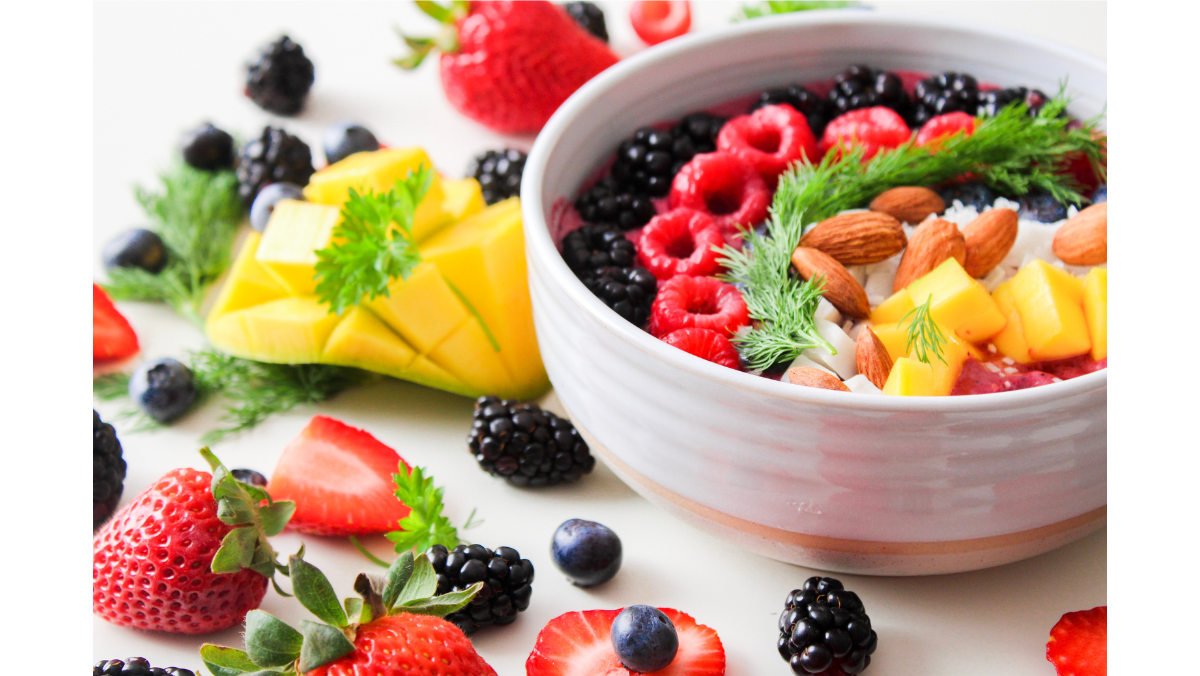Last updated on December 9th, 2023 at 02:45 am
Gastroesophageal reflux disease, also known as GERD, can be a debilitating condition for those who suffer from it.
The painful symptoms, including heartburn and acid reflux, can make eating even the most basic of meals a challenge.
One of the most common meals for GERD sufferers is a salad, but finding a salad dressing that won’t trigger symptoms can be a daunting task.
But There Is Hope!
In this blog post, we will explore the world of GERD-friendly salad dressings, from store-bought options to homemade recipes.
Whether you’re a seasoned GERD sufferer or just starting to experience symptoms, this guide will help you find a dressing that you can enjoy with confidence.
So let’s dive in, and discover the delicious and nutritious world of GERD-friendly salad dressings-
How Can Salad Dressing Cause GERD?

Salad dressing can cause GERD because of certain ingredients that irritate the digestive system and trigger symptoms of GERD.
Some common ingredients in salad dressings that can cause GERD to include high-fat oils like butter and cream, vinegar, and citrus juices.
These ingredients can weaken the lower esophageal sphincter, the muscle that prevents acid from flowing back into the esophagus, leading to symptoms like heartburn and acid reflux.
Additionally, high-fat ingredients can slow down the digestion process, leading to an overproduction of stomach acid, which can also trigger GERD symptoms.
What Are The Symptoms Of GERD Due To Salad Dressing?
The symptoms of GERD due to salad dressing can vary from person to person but may include:
- Heartburn: a burning sensation in the chest, typically after eating.
- Acid reflux: a feeling of sour liquid at the back of the mouth.
- Chest pain: a discomfort or tightness in the chest.
- Regurgitation: the feeling of food or liquid coming back up into the mouth.
- Nausea: the feeling of wanting to vomit.
- Difficulty swallowing: the feeling of food getting stuck in the throat.
- Dry cough: a persistent cough that may occur at night.
Ingredients To Avoid In Salad Dressings
When it comes to GERD-friendly salad dressings, it’s important to be mindful of the ingredients that can trigger symptoms.
Some common ingredients that should be avoided in salad dressings for GERD sufferers include:
- High-fat oils: Oils high in fat, such as olive oil and avocado oil, can increase the likelihood of acid reflux.
- Vinegar: Vinegar, especially apple cider vinegar, can be harsh on the esophagus and trigger symptoms.
- Citrus: Lemon and lime juice are acidic and can trigger GERD symptoms.
- Spices: Certain spices, such as black pepper and chili powder, can irritate the esophagus and trigger symptoms.
- Tomatoes: Tomatoes, and tomato-based products, such as ketchup and marinara sauce, are high in acid and can trigger GERD symptoms.
Maintaining the health of your esophagus is akin to tending to a delicate garden. In this analogy, certain ingredients in salad dressings can be likened to weeds that may hinder healthy growth and incite GERD symptoms. By sidestepping these culprits, you can contribute to a healthier esophagus and keep those troublesome GERD symptoms in check.
And for a personalized touch to your salad or any other creations, consider adding a Custom Sticker. These unique stickers from Custom Sticker can add flair to your homemade goods, making every meal a delightful experience.
Top 10 GERD-Friendly Salad Dressings
Now that we’ve covered what ingredients to avoid in salad dressings for GERD sufferers, let’s take a look at some of the top GERD-friendly options available.
| Dressing | Taste | Texture | Ingredients |
| Balsamic Vinaigrette | Tart | Thin | Balsamic vinegar, olive oil, honey, Dijon mustard |
| Caesar Dressing | Tangy | Creamy | Parmesan cheese, mayonnaise, lemon juice, garlic |
| Thousand Island Dressing | Sweet-tangy | Creamy | Mayonnaise, ketchup, pickle relish, onion, garlic |
| Honey Mustard Dressing | Sweet-tangy | Creamy | Honey, Dijon mustard, vinegar, olive oil |
| French Dressing | Sweet-tangy | Thick | Ketchup, vinegar, sugar, paprika |
| Ranch Dressing | Creamy | Smooth | Buttermilk, mayonnaise, garlic, onion powder |
| Greek Yogurt Dressing | Tart | Creamy | Greek yogurt, lemon juice, olive oil, herbs |
| Low-fat Italian Dressing | Tangy | Thin | Red wine vinegar, olive oil, garlic, Italian herbs |
| Blue Cheese Dressing | Creamy | Chunky | Blue cheese, mayonnaise, sour cream, vinegar, garlic |
| Aged Cheddar Dressing | Sharp | Creamy | Aged cheddar cheese, mayonnaise, sour cream, onion, garlic |
1. Olive Oil And Vinegar:
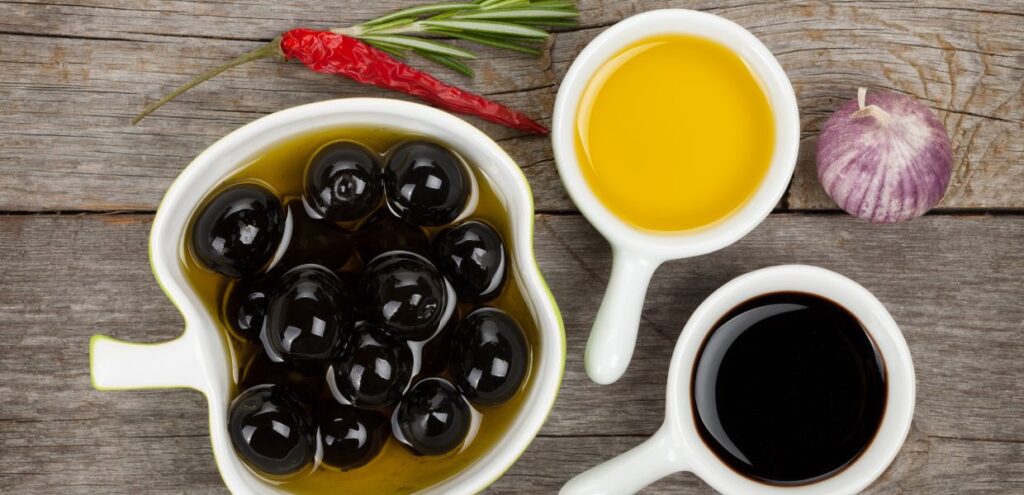
Pros: Simple, easy to make, and readily available ingredients. Contains healthy monounsaturated fats and antioxidants.
Cons: May become rancid quickly.
How to make: Mix equal parts of olive oil and vinegar, add salt and pepper to taste.
2. Avocado Oil And Lime Juice:

Pros: Contains healthy monounsaturated fats and antioxidants. Bright, fresh flavor.
Cons: More expensive than other options.
How to make: Mix equal parts of avocado oil and lime juice, add salt and pepper to taste.
3. Yogurt And Herbs:
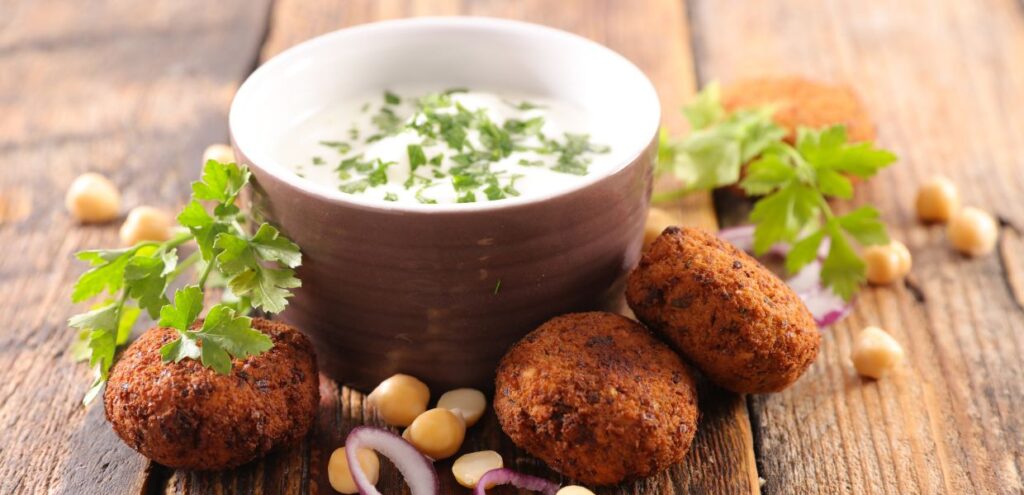
Pros: Contains probiotics, which may help improve digestive health. Can be flavored with a variety of herbs to suit personal taste.
Cons: May not be suitable for those with dairy allergies.
How to make: Mix equal parts of plain Greek yogurt and herbs such as dill, mint, or basil. Add salt and pepper to taste.
4. Lemon Juice And Mustard:

Pros: Contains antioxidants and anti-inflammatory properties. Has a tangy flavor that pairs well with many types of greens.
Cons: Can be too strong for some tastes.
How to make: Mix equal parts of lemon juice and Dijon mustard, add salt and pepper to taste.
5. Balsamic Vinegar And Honey:
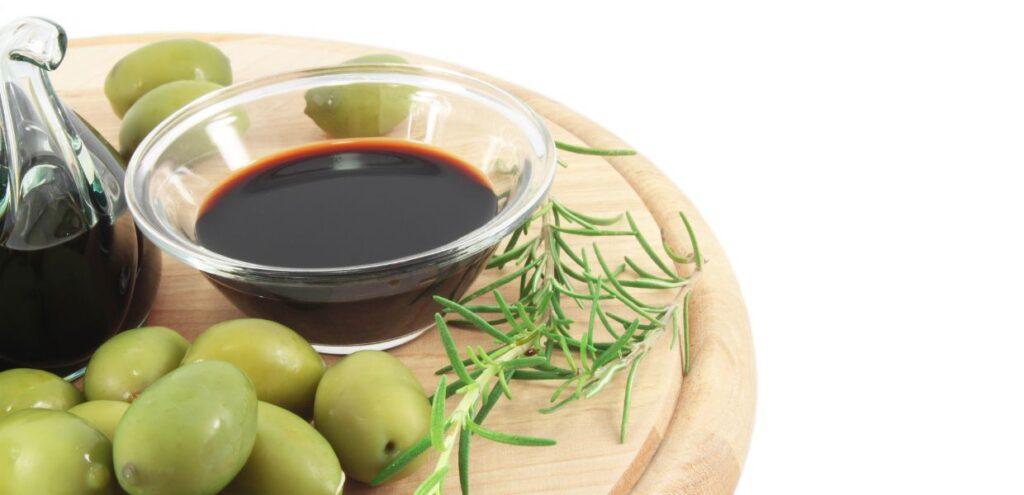
Pros: Rich, sweet and tangy flavor. Contains antioxidants.
Cons: High in sugar, may not be suitable for those with diabetes.
How to make: Mix equal parts of balsamic vinegar and honey, add salt and pepper to taste.
6. Apple Cider Vinegar And Honey:

Pros: Contains antioxidants, anti-inflammatory properties and may help improve digestion.
Cons: Strong, tangy flavor that may not be suitable for everyone.
How to make: Mix equal parts of apple cider vinegar and honey, add salt and pepper to taste.
7. Tahini And Lemon Juice:
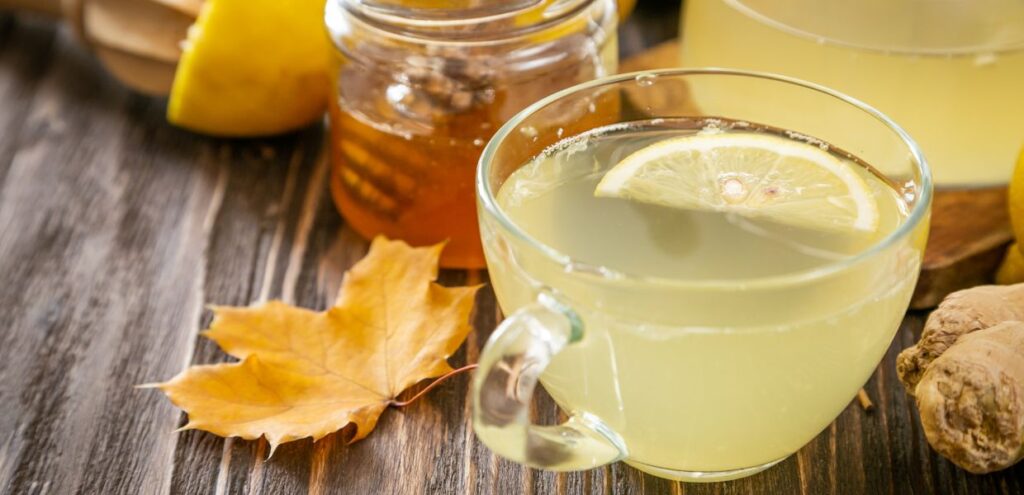
Pros: Contains healthy fats, vitamins, and minerals. Versatile and can be used as a dip, sauce, or dressing.
Cons: Strong flavor that may not be suitable for everyone.
How to make: Mix equal parts of tahini and lemon juice, add salt and pepper to taste.
8. Rice Vinegar And Sesame Oil:
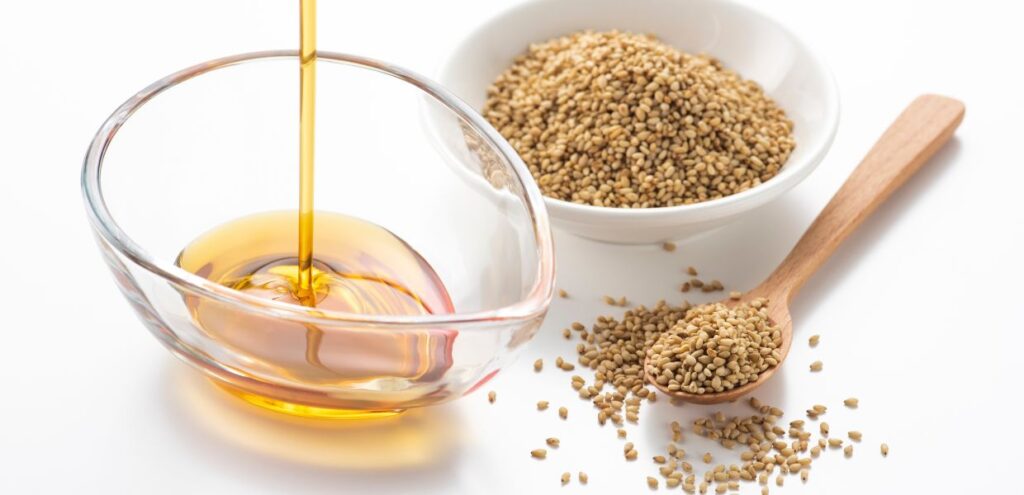
Pros: Light, fresh flavor that pairs well with many types of greens. Contains antioxidants.
Cons: May have a slightly bitter taste.
How to make: Mix equal parts of rice vinegar and sesame oil, add salt and pepper to taste.
9. Buttermilk And Herbs:
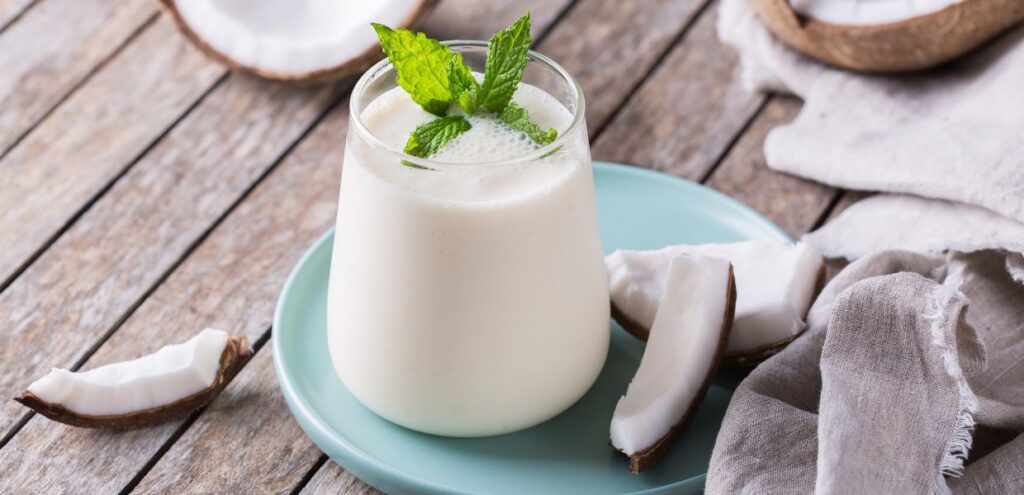
Pros: Contains probiotics, which may help improve digestive health. Can be flavored with a variety of herbs to suit personal taste.
Cons: May not be suitable for those with dairy allergies.
How to make: Mix equal parts of buttermilk and herbs such as dill, mint, or basil. Add salt and pepper to taste.
10. Orange Juice And Olive Oil:

Pros: Contains antioxidants, vitamins and minerals. Light, fresh flavor that pairs well with many types of greens.
Cons: May not be as thick as other dressings.
How to make: Mix equal parts of freshly squeezed orange juice and olive oil, add salt and pepper to taste.
You’ll Also Like: Jason’s Deli Italian Pasta Salad
How To Make Your Own GERD-Friendly Salad Dressing?
One of the best ways to ensure that your salad dressing is GERD-friendly is to make it yourself.
This way, you have complete control over the ingredients and can avoid any that may trigger your symptoms.
Here is a simple recipe for a GERD-friendly salad dressing:
Ingredients:
- 3 tablespoons olive oil
- 2 tablespoons lemon juice
- 1 tablespoon honey
- 1 teaspoon Dijon mustard
- Salt and pepper to taste
Instructions:
- In a small bowl, whisk together the olive oil, lemon juice, honey, and Dijon mustard.
- Season with salt and pepper to taste.
- Pour the dressing over your salad and enjoy!
- This recipe is not only GERD-friendly, but it is also healthy and delicious. You can also experiment with different herbs and spices to find your perfect flavor.
What Makes A Salad Dressing GERD-Friendly?
Gerd, also known as gastroesophageal reflux disease, is a digestive disorder that affects millions of people worldwide.
It is characterized by frequent heartburn, acid reflux, and a burning sensation in the chest.
To manage GERD, it’s important to avoid foods and drinks that can trigger symptoms, including high-fat, spicy, and acidic ingredients.
When it comes to salad dressing, the same principles apply. To make a salad dressing GERD-friendly, it should be:
- Low in Fat: High-fat dressings can slow down the digestive process, leading to acid reflux and heartburn. Choose dressings that are low in fat or made with healthy fats like olive oil.
- Mildly Spiced: Spicy ingredients like hot sauce and black pepper can irritate the digestive tract and worsen GERD symptoms. Opt for dressings that are mild in flavor and avoid spicy ingredients.
- Low in Acid: Acidic ingredients like vinegar and citrus juices can trigger GERD symptoms. Look for dressings that are low in acid or use a mild acid like lemon juice.
- Free of Common Allergens: Common allergies like gluten, dairy, and soy can also trigger GERD symptoms. Make sure to choose dressings that are free of these ingredients if you have a sensitivity.
| Gerd-Friendly | Avoid |
| Olive oil | High-fat oils like avocado and peanut oil |
| Lemon juice | Vinegar and other acidic ingredients |
| Honey | High-sugar ingredients like maple syrup and agave nectar |
| Mild spices | Hot spices like black pepper and hot sauce |
| Salt and pepper | Unnecessary additives like preservatives and artificial sweeteners |
Tips For Incorporating GERD-Friendly Salad Dressings Into Your Diet
Incorporating GERD-friendly salad dressings into your diet is easier than you might think. Here are some tips to help you get started:
- Start with a base of greens: A salad base of greens such as spinach, kale, or lettuce is a great way to add fiber and nutrients to your meal while being easy on your digestion.
- Add fresh ingredients: Fresh ingredients like tomatoes, cucumbers, carrots, and bell peppers are a great way to add flavor and nutrition to your salad.
- Experiment with spices and herbs: Spices and herbs like basil, cilantro, and rosemary can add a burst of flavor to your salad dressing without irritating your digestive system.
- Avoid high-fat dressings: High-fat dressings like ranch, blue cheese, and Caesar are known to trigger GERD symptoms, so it’s best to avoid them.
- Control the portion size: When it comes to salad dressing, a little goes a long way. Start with a small amount and add more to taste, this will help you control the calorie and fat intake while still enjoying the flavor.
- Keep it simple: GERD-friendly salad dressings don’t have to be complicated. Simple dressings like olive oil and lemon juice can be just as delicious and nutritious as more elaborate dressings.
You’ll Also Like: Best Stores to Bought Dressing For Cobb Salad
How Can I Make My GERD Go Away?
To make GERD go away, you can try the following measures:
Lifestyle changes:
- Avoid triggers: Keep track of the foods and drinks that trigger your GERD symptoms and try to avoid them.
- Lose weight: If you are overweight, losing weight can help reduce the pressure on your stomach and reduce GERD symptoms.
- Don’t lie down after eating: Wait at least three hours after eating before lying down or going to bed.
- Stop smoking: Smoking can weaken the lower esophageal sphincter and increase acid reflux.
Medications:
- Antacids: Antacids neutralize stomach acid and can provide fast relief for mild GERD symptoms.
- H2 blockers: H2 blockers reduce the production of stomach acid and are effective for mild to moderate GERD symptoms.
- Proton pump inhibitors (PPIs): PPIs are the most effective type of medication for GERD and work by reducing the amount of acid produced in the stomach.
- Surgery: In severe cases of GERD, surgery may be recommended to repair the lower esophageal sphincter or to reinforce it with a fundoplication procedure.
Frequently Asked Questions
What are some common ingredients to avoid in salad dressings for GERD?
Ingredients to avoid in salad dressings for GERD include high-fat oils like butter and cream, vinegar, and citrus juices. These ingredients can irritate the digestive system and trigger GERD symptoms.
Can I still enjoy creamy salad dressings if I have GERD?
Yes, you can still enjoy creamy salad dressings if you have GERD. However, you should avoid high-fat ingredients like cream, butter, and mayonnaise and opt for low-fat options like Greek yogurt or buttermilk instead.
Is it necessary to avoid vinegar in salad dressings for GERD?
Vinegar can be irritating to the digestive system for some people with GERD, so it’s best to avoid it in your salad dressings.
Can I still enjoy spicy salad dressings if I have GERD?
Yes, you can still enjoy spicy salad dressings if you have GERD. However, it’s important to be mindful of the ingredients and avoid those that are known to trigger GERD symptoms.
Are store-bought GERD-friendly salad dressings available?
Yes, store-bought GERD-friendly salad dressings are available. However, it’s always a good idea to read the ingredients label and avoid high-fat ingredients and vinegar. For more information, you can visit BPS.com.
Can I still use honey in my salad dressings if I have GERD?
Yes, you can still use honey in your salad dressings if you have GERD. However, it’s important to use it in moderation and to avoid other high-sugar ingredients that can trigger GERD symptoms.
Conclusion
So, GERD sufferers no longer have to sacrifice taste for health. With the 10 Tasty Salad Dressings for GERD Sufferers, you can enjoy a variety of flavors while still staying within the limits of your diet.
Whether you prefer a creamy dressing or a tangy vinaigrette, these GERD-friendly options are sure to add a delicious touch to any salad.
So, next time you’re looking to mix up your salad routine, try one of these tasty dressings and enjoy the taste of your favorite flavors, without any worries.
Remember, making small dietary changes can go a long way in managing your GERD symptoms and maintaining a healthy lifestyle.

At Bridge House Tavern, we’re more than a team of food enthusiasts; we’re a culinary journey waiting to be savored. Our five-member crew is on a relentless quest to explore, create, and share the wonders of the gastronomic world.


![10 Tasty Salad Dressings for GERD Sufferers: [The Ultimate Guide]](https://bridgehousetavern.com/wp-content/uploads/2023/11/Chinese-150x150.png)
![10 Tasty Salad Dressings for GERD Sufferers: [The Ultimate Guide]](https://bridgehousetavern.com/wp-content/uploads/2023/12/Delicious-BBQ-Recipe-150x150.jpeg)

